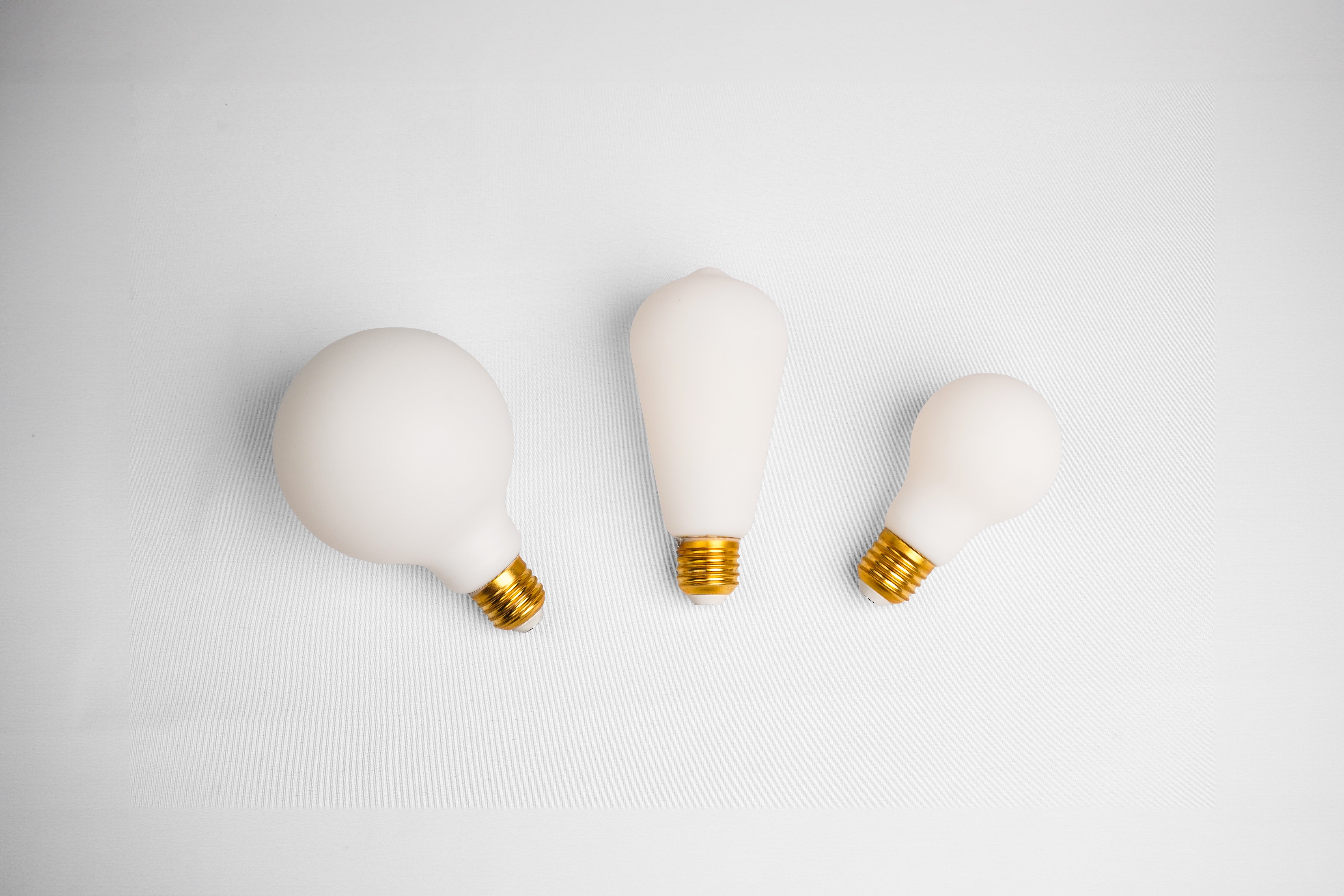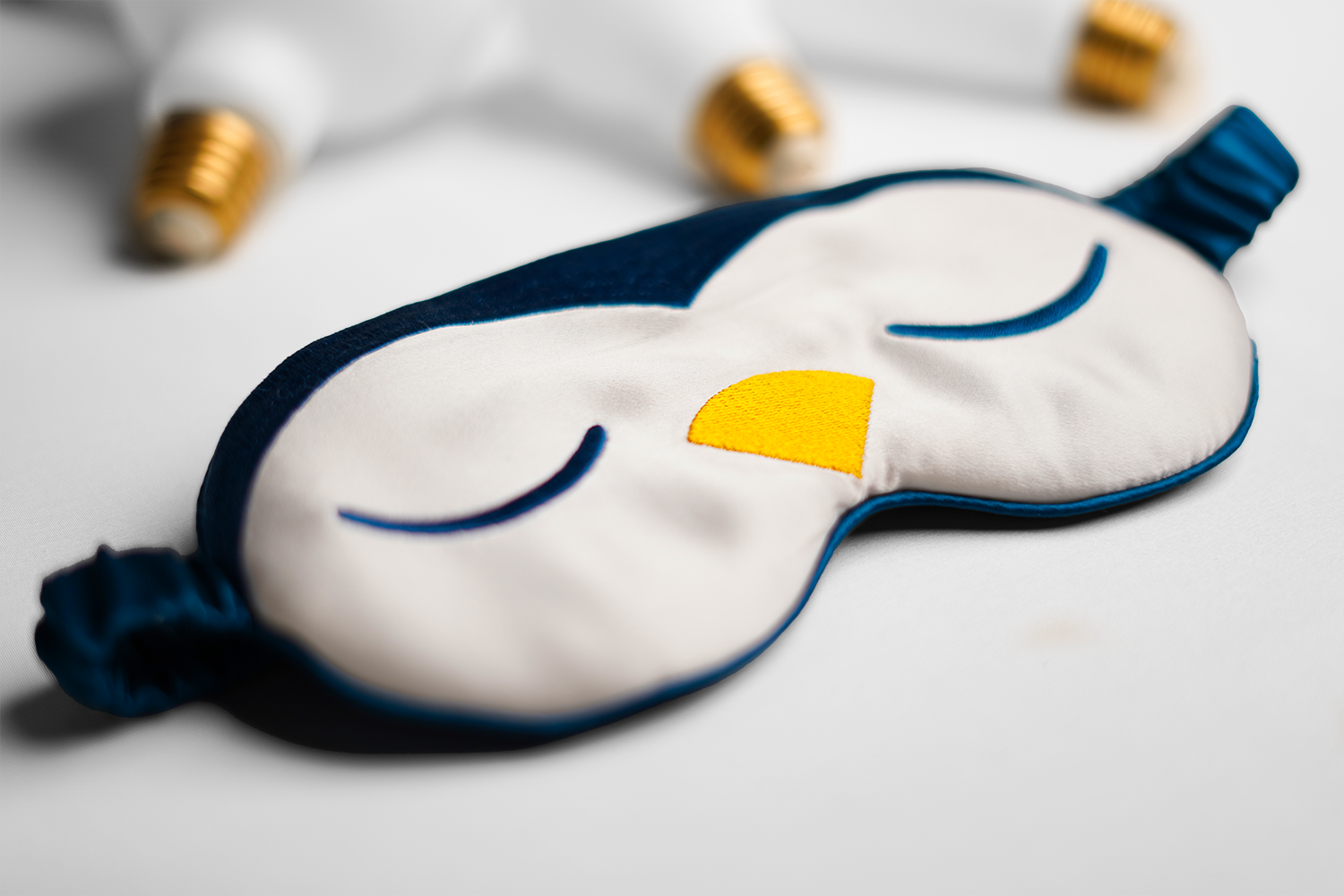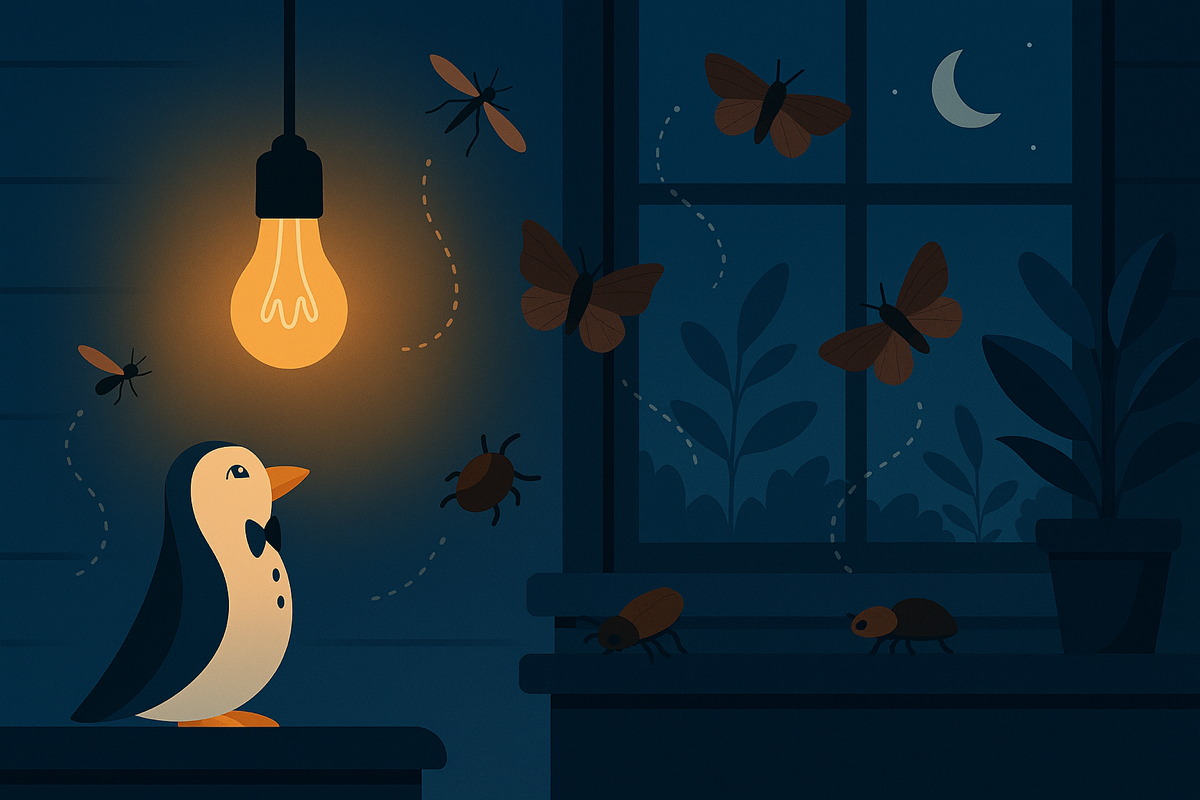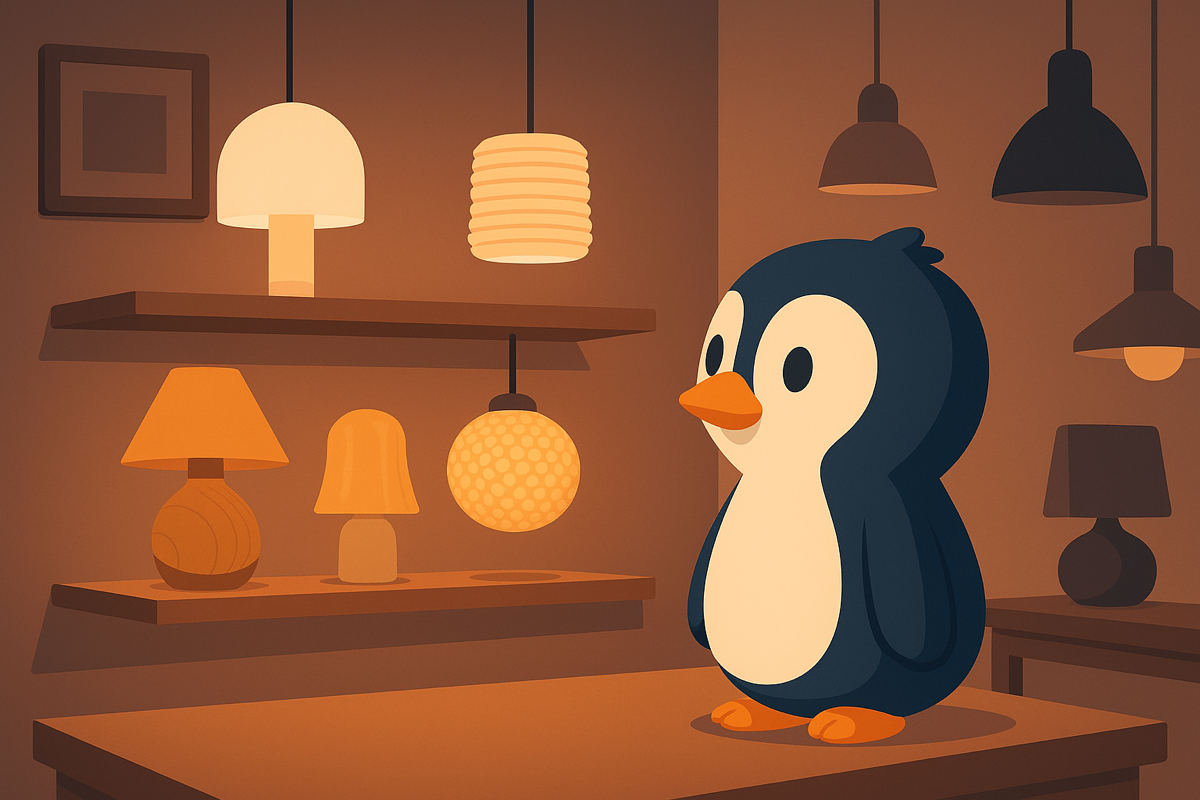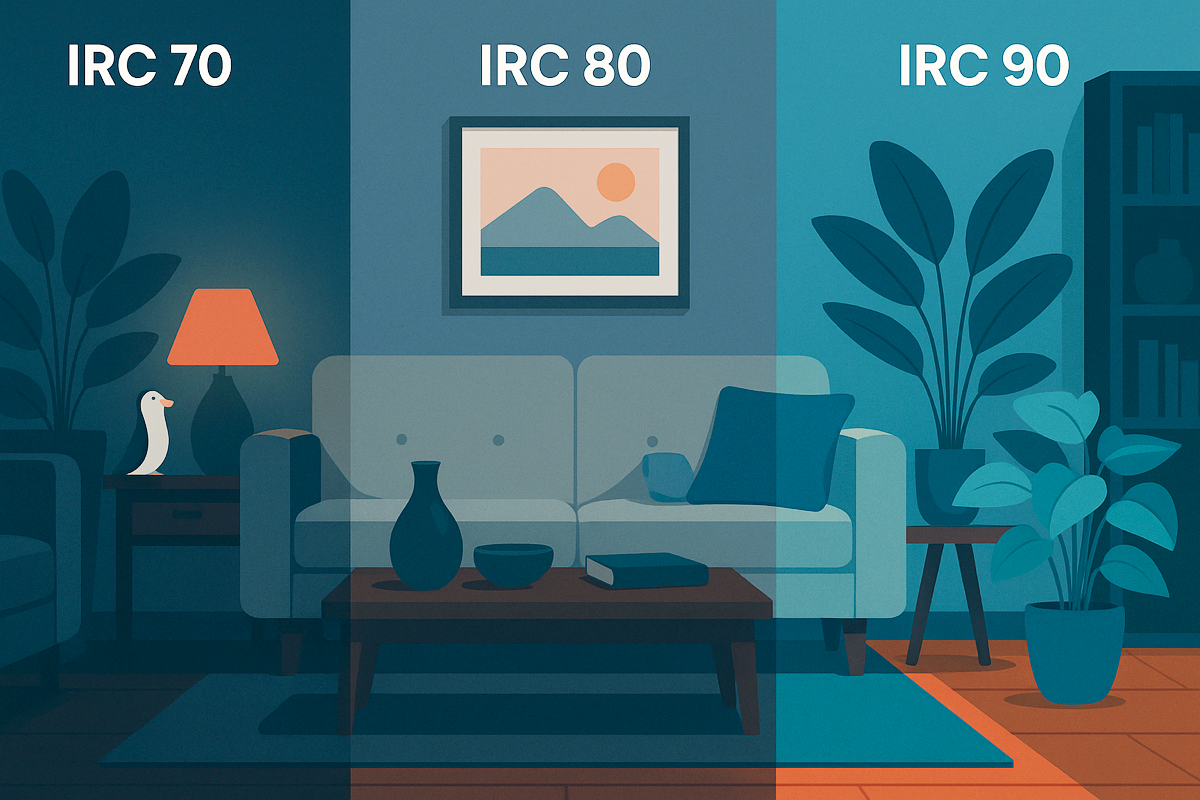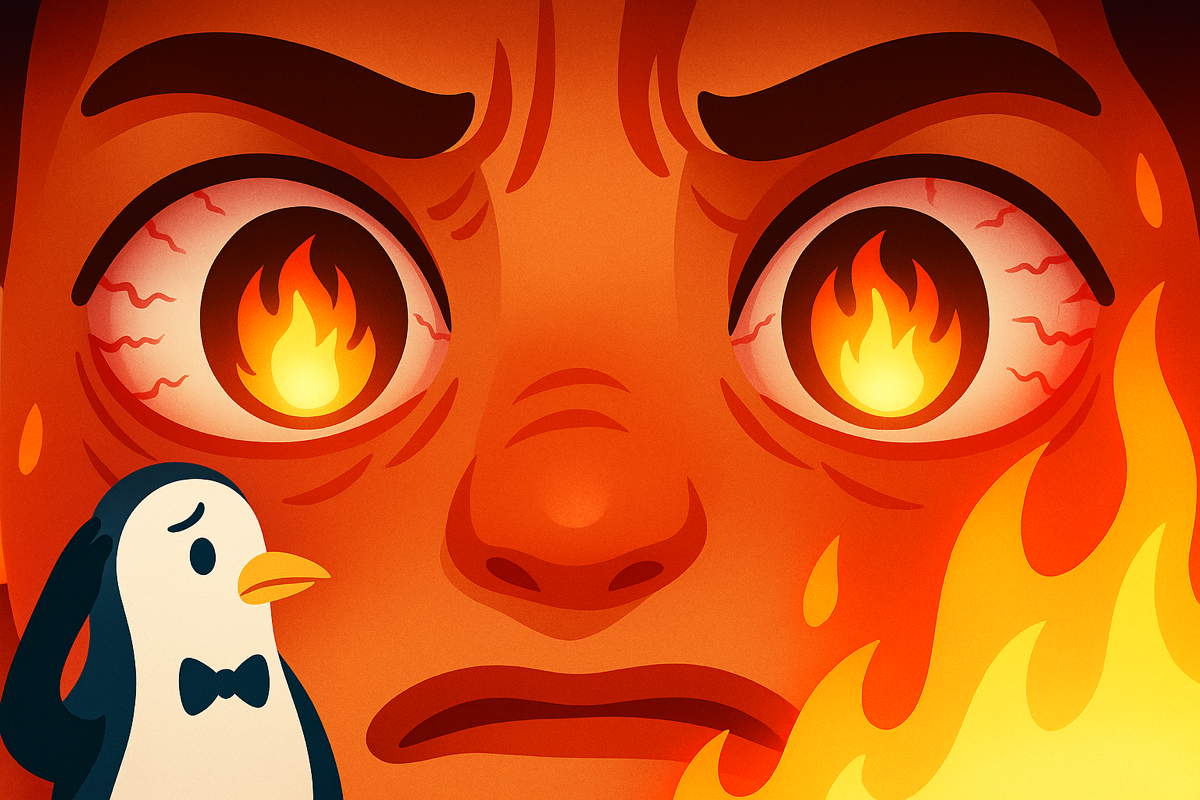Reading time: 6 min.
In short:
Insects are irresistibly drawn to light, sometimes burning their wings. This phenomenon is no mystery: it stems from a conflict between their evolution and our modern technologies. Here's why they swoop in... and why they shouldn't.
📌 Summary
A compass based on light
Flying insects like butterflies and fireflies use natural light—the moon, stars, and sunsets—as a guide to move in a straight line. By maintaining a constant angle to a very distant source, they plot their course.
But the artificial lamps are too close. In an effort to maintain a constant angle, the insect circles the lamp… until it becomes exhausted. This behavior is an evolutionary bug, not a suicidal choice.
The light bulb: a star too close
Modern, very powerful lighting, especially white and UV LEDs, disrupts natural signals. Even worse, some insects interpret them as light pheromones. They cannot resist the call of light, even if it is deadly.
This artificial attraction is also accentuated by blue and cold spectrums—the most disturbing for nocturnal species. Warm light is often much better tolerated, or even ignored.
🎥 See the short on insects and light
A massive ecological impact
Every night, billions of insects die because of light. This affects pollination, the food chain, and overall biodiversity. Some species decline solely because of light pollution.
This isn't a minor detail. Insects play a crucial role in our ecosystems. Attracting them with the wrong lighting disrupts a natural balance that wasn't designed for that.
How to limit the light trap effect?
There are simple solutions to preserve wildlife:
- Use warm, directed lights , facing the ground
- Avoid unnecessary lighting at night, or automate it
- Favor bulbs with an orange or amber spectrum
Laqi circadian bulbs reduce this impact by adapting to human needs without harming wildlife. Their spectrum is soft in the evening and calibrated for visual comfort, not over-illumination.
💡 Discover the Laqi Starter Kits
💬 FAQ
Why do insects fly around lamps?
They think they are maintaining a fixed angle like with the moon, but the proximity of the bulb distorts their trajectory, forcing them to turn in circles.
Are all insects sensitive to light?
No. Nocturnal species are the most affected. Diurnal species react little, if at all.
How to choose an insect-friendly lamp?
Opt for warm tones (less than 3000K), low intensity, and avoid UV rays. Only illuminate useful areas.
Respecting insects means respecting nocturnal life.
Our lighting has invisible consequences. Better lighting also means better coexistence.

